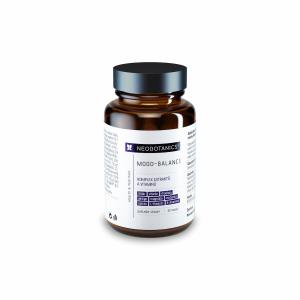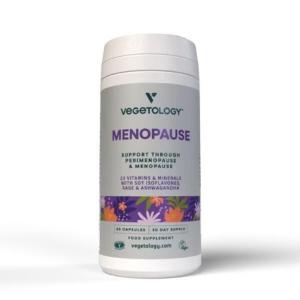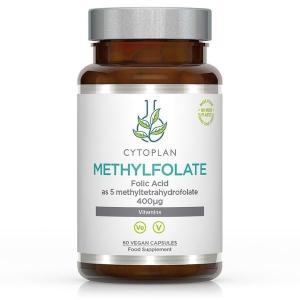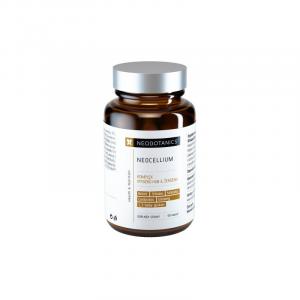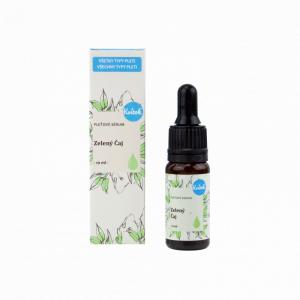
Health and ecology go hand in hand with sorghum

Sorghum - An Ancient Grain for a Modern Lifestyle
Sorghum, one of the oldest known grains in the world, has been regaining well-deserved attention in recent years due to its excellent nutritional values and wide range of uses in the kitchen. This gluten-free crop is an ideal choice for those who are keen on healthy eating, as well as for those who seek more eco-friendly foods with minimal environmental impact. Why should you include sorghum in your diet, and what can this superfood offer you?
Origin and Characteristics of Sorghum
Sorghum is a grain native to Africa, where it has been cultivated for over 5,000 years. It gradually spread to other parts of the world, including Asia, the Americas, and Europe. What makes sorghum unique is its ability to grow in dry conditions, making it a resilient crop that requires significantly less water than crops like wheat or corn. Because of this, it is considered a more sustainable alternative for the future, especially in areas facing water scarcity and climate challenges.
Another crucial feature of sorghum is that it does not contain gluten. This makes it a perfect food for people with celiac disease or for those who have decided to limit gluten in their diet for various reasons. Additionally, it is rich in fiber, proteins, and contains several important minerals like iron, magnesium, and phosphorus, which play a key role in maintaining a healthy body.
Try our natural products
Nutritional Wealth of Sorghum
Sorghum boasts a high nutrient content, which positively affects overall health. Primarily, it is an excellent source of protein, which is important for the proper functioning of muscles and recovery. Unlike other grains, sorghum has a low glycemic index, meaning it does not cause sharp spikes in blood sugar levels. This is especially important for people with diabetes or those who want to maintain stable energy levels throughout the day.
Thanks to its high fiber content, it contributes to healthy digestion and can help with weight management. Fiber creates a feeling of fullness and supports regular digestion, which is key for maintaining a healthy gut microbiome.
Moreover, sorghum contains antioxidants that fight free radicals in the body and can help slow down the aging process. These antioxidants also play a role in the prevention of heart disease and cancer. The phytochemicals found in sorghum have anti-inflammatory effects and contribute to protecting the body against chronic inflammation, often associated with lifestyle diseases.
Try our natural products
Environmental Benefits of Sorghum
One of the main reasons sorghum is becoming a popular crop is its environmental friendliness. Since it requires less water than most other grains, it is an ideal choice for agriculture in arid regions. Sorghum can grow even in soils that are not very fertile, making it less demanding on fertilization and other agricultural interventions. It is a crop with minimal ecological demands, making it an ideal solution in a time when we face issues with climate change and natural resource scarcity.
In addition to being drought-resistant, sorghum also has the ability to quickly adapt to different climatic conditions. This factor makes it a valuable crop for ensuring food security in areas that face frequent climate fluctuations. That is why sorghum is increasingly finding its place in the fields of environmentally conscious farmers.
How to Incorporate Sorghum into Daily Meals
Sorghum is a versatile food that you can use in a range of different recipes. Whether you prefer sweet or savory dishes, sorghum easily adapts to your tastes. Its mild, slightly nutty flavor and firm texture are great for both side dishes and main courses.
Cooked Sorghum as a Side Dish: One of the simplest ways to include sorghum in your diet is to cook it and use it in place of rice or couscous. Cooked sorghum can be served as a side dish with meat, fish, or as part of vegetarian meals. It pairs well with root vegetables, legumes, or various sauces.
Sorghum in Sweet Dishes: Sorghum can also be used in sweet recipes. Try cooking it with milk (or plant-based milk) and adding favorite spices like cinnamon or vanilla, along with honey and fruit. This nutritious dish is great not only for breakfast but also as a healthy dessert.
Sorghum Flour: If you are a fan of baking, sorghum flour is an excellent gluten-free option. You can use it for baking bread, muffins, cakes, or even pancakes. Its neutral flavor is suitable for both sweet and savory recipes, and thanks to its natural structure, sorghum flour is ideal for creating crispy and fluffy dishes.
Sorghum represents not only a healthy choice for everyday eating but also an ecological alternative to common grains. Its nutritional richness, low glycemic index, and wide range of uses in the kitchen make it a food worth trying. Adding its sustainability and environmental benefits, it's clear that sorghum has the potential to become one of the key crops for our future. Whether you're looking for healthier sides, new gluten-free flour for baking, or a food that supports your health, sorghum is the right choice.

